By Sarah Jio with photos by Aimee Miller, RealSimple.com
Real Simple put together an expert consensus on how frequently you need to launder key warm-weather clothing pieces—barring stains or especially sticky days, that is.
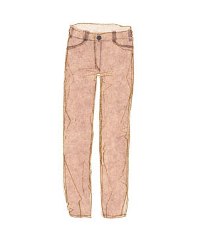
Wash jeans after 4 to 5 wears
How often you should wash them:
After 4 to 5 wears.
What to know: Durable denim is excellent at masking dirt—which is a good thing, since overwashing can cause jeans to fade and fray. To keep yours looking like new (or “weathered” just the way you want them): Throw them in the washer inside out and use cold water. Avoiding the dryer will help retain color, too.
Exception to the rule: Take them for a spin cycle sooner if they stretch out. Or just toss them in the dryer for 10 minutes (but no more than that). Spandex-heavy “jeggings” (jean leggings) should be washed after every wear so the knees don’t bag.
How often you should wash them: After 4 to 5 wears.
What to know: You’re probably wearing these in an (overly) air-conditioned office, so feel free to revisit them multiple times, particularly those made of stain-repelling synthetic blends. Part of a suit? Dry-clean both pieces together so one doesn’t fade faster than the other.
Exception to the rule: Your nice trousers will last longer between washings if you change into your “play clothes” as soon as you leave work (as opposed to wearing them to your daughter’s soccer game).

Wash jackets & blazers after
5 to 6 wears
How often you should wash them:
After 5 to 6 wears.
What to know: Typically layered over a blouse, a tee, or a camisole, these don’t require much upkeep. However, a jacket can retain odors (say, from last night’s fajitas), so before you stuff it in a closet, air it out near a window or spritz it with the Laundress Fabric Fresh (Starting at $16 for eight ounces, Yahoo! Shopping).
Exception to the rule: Periodically check the high-friction areas—collar, cuffs, and placket—for signs of dirt. But you can roll up the sleeves (or even pop the collar) temporarily to conceal stains on an otherwise-clean jacket.
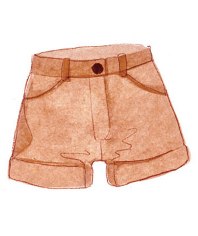
Wash khaki shorts & pants after
2 to 3 wears
How often you should wash them:
After 2 to 3 wears.
What to know: Light-colored cottons are vulnerable to noticeable spots. Zap smudges between washes with Oxi Clean Spray-A-Way Instant Stain Remover ($3.50 at drugstores), which Chicago stylist Amy Salinger likes because it doesn’t leave water rings behind.
Exception to the rule: With stain-resistant fabrics, you can get away with an extra wear or two. Never use fabric softeners or dryer sheets, as they diminish the effectiveness of the fabric.
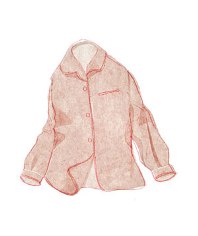
Wash pajamas after 3 to 4 wears
How often you should wash them:
After 3 to 4 wears.
What to know: Swap out your pj’s twice as often as you change the sheets. “People don’t realize how much they sweat at night,” says Elizabeth Scott, Ph.D., a codirector of the Simmons Center for Hygiene and Health at Simmons College, in Boston. “We also shed thousands of skin cells a minute.”
Exception to the rule: Do you shower before bedtime? If the answer is yes, you can sneak in an extra wear or two. However, if you snooze in silk pajamas, which absorbs more body oils than cotton, you should switch up your sleepwear daily.
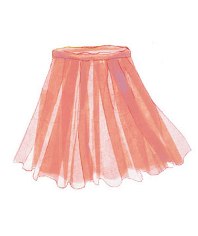
Wash skirts after 4 to 5 wears
How often you should wash them:
After 4 to 5 wears.
What to know: Chances are you’re not doing anything strenuous in skirts, so you can wear them multiple times. Just refresh nonsilk fabrics with a 10-minute spin in the dryer with a dryer sheet, suggests Steve Boorstein, host of Clothing Care: The Clothing Doctor’s Secrets to Taking Control! DVD (Starting at $14, Yahoo! Shopping).
Exception to the rule: You can be more lenient with circle and A-line styles, which hardly skim the body. But “whites and silks are prone to discoloration and should be cleaned after every wear,” says Brian Sansoni, vice president of the Soap and Detergent Association, in Washington, D.C.
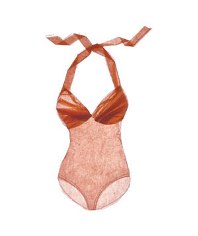
Wash swimsuits after every wear
How often you should wash them:
After every wear.
What to know: Salt and chlorine will eat away at a swimsuit and stretch it out prematurely. Hand wash your suit with cool water and a gentle detergent, like Soak ($10 for four ounces, soakwash.com), which deep-cleans and removes that notorious chlorine smell. Allow the suit to air-dry.
Exception to the rule: None. Even if you only dipped a toe in the water, a swimsuit, like underwear, is an intimate garment that absorbs body oils, bacteria, and odors. Best to wash it every time.
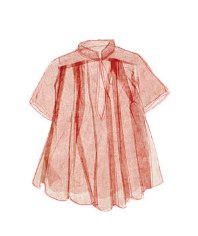
Wash tops & dresses after
1 to 3 wears
How often you should wash them:
After 1 to 3 wears.
What to know: Three ways to keep these pieces in ready-to-wear shape: Don’t overdo the deodorant—one dab will do you. Prevent underarm stains with an undershirt or dress shields (Garment Guard shields, starting at $11 for 5 pairs, Yahoo! Shopping). And inspect the item closely prior to ironing, which can set stains.
Exception to the rule: Again, whites and silks need a cleaning after every wear. And if your dress is formal or semi-formal, it’s best to dry-clean after each outing, since you don’t want any stains setting during the weeks or months between wears.
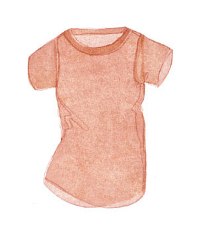
Wash t-shirts, tanks & camisoles
after every wear
How often you should wash: After every wear.
What to know: Treat them like underwear. “Close-fitting and oil-absorbing, these basic pieces add life to your pricier blouses, sweaters, and jackets,” says Corinne Phipps, founder of Urban Darling, a wardrobe- consulting firm in San Francisco. Wash in hot water.
Exception to the rule: Stick to the four-hour rule. If you wore a T-shirt or camisole only briefly, there’s no need to be rigid. “It’s OK to put a barely-worn tee back in the drawer every now and then,” says Salinger.
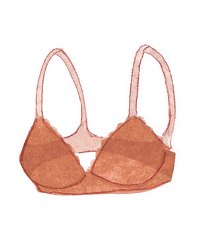
Wash bras after 3 to 4 wears
How often you should wash: After 3 to 4 wears.
What to know: Bras don’t come into direct contact with the underarms, so they can withstand a few wearings. But they need a 24-hour break between wears for the elastic to recover, so try a rotation system: Line them up in a drawer. In the a.m., take a bra from the front, then send it to the back of the line in the p.m.
Exception to the rule: Sweat a lot? Then wash bras daily with a gentle baby detergent, like Dreft. “Perspiration wears down the elastic, so keeping a bra clean will increase its life span,” says Jennifer Manuel Carroll, owner of the Seattle lingerie shop Bellefleur.








